It's worth pointing out here that Close House always was, and still is, firmly in the parish of Heddon on the Wall, but is often referred to in the press as Close House, near Wylam, or worse, Wylam's Close House. This fact was pointed out in a letter to the Hexham Courant by Ian Armstrong, Chairman of Heddon Parish Council, published Monday, 1st October 2012.
It was in a conversation about old Wylamers that we elicited the information that Mrs Taylor, Algernon Terrace, is a grand-daughter of the late Mr Robt. Ramsey, proprietor of the Fox & Hounds, which then stood in its snowy wilderness adjacent to the old schools and facing the Ovingham Road, which afterwards did service as a boarding school owned by Miss Watson. This noted house no longer stands, and in its stead, is erected modern stone-built villas. The genial host of the Fox & Hounds was also a keeper of the law – a constable, and though the stories told to Mrs Taylor do not give one much concerning the kind of cases Mr Ramsey had to tackle in those days, they do reveal some interesting items concerning the celebrities and men of genius who used to assemble at the Fox, to be assured of the encouragement of its landlord.
The picture one is left to imagine is greatness in the making. First there is our own world’s genius, George Stephenson, the inventor of the steam engine, looking with a kindly, yet business eye upon that quiet and humble genius, Isaac Jackson, displaying upon the table of the Fox & Hounds his model of the four eccentrics in an engine. Included in that historic assembly was Dr Ismay Atkinson, always whole-heartedly interested in village enterprise and progress. As Isaac’s new creation moved along the table, one can well hear, ‘capital, splendid’.
Perhaps the most amusing display of this model was when it was taken to Close House, occupied then by Mr and Mrs Bewick. Here upon the long dining room table the model was set in motion, with Mrs Bewick holding more than an ordinary brief for its safety. Standing at one end of the table she spread her apron to catch the model as it neared the end. She stood breathless in amazement but still more when the distance was covered, and with the agility of a fish, the little eccentric turned tail back to its creator.
Mrs Taylor treasures an in memorandum card of Isaac Jackson, which gives his death as happening suddenly on November 20th 1862, aged 66 years, and among other tributes, says he was self-taught.
Essentially it recounts the invention of the reversible gear by Isaac Jackson and the same tale of the model demonstrated at Close House as told to him by his father and uncle. It can be read in full in Jim Rees' paper in ER4, pages 250-251.
I may here mention a little incident in connection with the model engine which Jackson made, and which I have often heard my father and uncle tell, which was:- that after Jackson had got his model locomotive made and properly fitted up with eccentrics to work, the news of this wonderful little engine spread near and far; Lady Bewick of Close House Hall, some two miles distant from Wylam, eastward, hearing about it, communicated with Jackson, expressing a desire to see it; arrangements were therefore made for the model and the rails on which it was to be run, to be carried thither; (my father was one who went with Jackson) the exhibition was arranged to take place in the dining room, and after the rails, which were 3 feet in length, had been laid on the large dining table, the model placed in position, and the steam raised by heated iron blocks, the little engine began to move along and nearing the end of the rail, her ladyship, fearing it would run over the end and on to the floor beneath, ran forward holding out her apron to catch it, when to her great astonishment, it reversed and ran back, and continued to do so backward and
forward, to the great delight of all present until the steam fell back.
This little model fell into the hands of Mr. [George C] Atkinson of Wylam Hall after Jackson’s death, which took place on the 20th November 1862.
It may have been made to explore how two cylinders operate together, but in that experimental period when it was not realised that a fly-wheel (essential for single cylinder locomotives) would no longer be necessary. It retains many features of manufacture by an accomplished clock-maker and incorporates some of the engineering innovations used by the Wylam locomotives, slide-valves in particular.
Jim Rees and Andy Guy (Richard Trevithick & Pioneer Locomotives, ER3, 2006) had earlier thought that this model might have been made for Trevithick by William West, a noted clockmaker that he is known to have used. Trevithick also used the name Sans Pareil for an engine, and the model is nothing like the form of Hackworth's engine of that name.
| Although few of Isaac Jackson's undisputed creations survive, and few words have been written about the man, a fine long-case regulator clock was made by him for Robert Stephenson's Locomotive Works in 1858. |
Among other village worthies whom he then honoured with a call was Isaac Jackson—one of those ingenious, self- taught mechanicians, with whom the black-field of Northumbria abounds. Isaac Jackson’s clocks are well reputed in pitman's cabins for miles round, and at the time of Robert Stephenson’s last visit to his father’s native village, the foremost craftsman of the little community was busy in making a clock of more than ordinary excellence. Ever ready to show his sympathy with genius labouring under difficulties, Robert gave Isaac Jackson an order for a clock—made in his very best style. With due deliberation, Isaac executed the commission by the end of the following year. On December 14, 1858, the clock was sent to the late Mr. Weallens at the works, and when Robert received it, he not only paid the sum charged by the maker (£33), but added as a complimentary fee £6. One would like to know by what computation Robert restrained his liberality, so that the entire sum paid was just £1 short of even money.
There was a pitman at Wylam at the time l am writing of - lsaac Jackson, I believe he was named. This man could neither read nor write, I believe, but was a wonderful mechanist, and also mathematician, curious to say . I remember once being at a raffle for a timepiece be had made. The workmanship was of extreme beauty, and the clock not only denoted the hour of the day but many other mathematical and astronomical particulars:- such as the time of day at all the chief capitals of the world - the latitude and longitude of these - the position of the planets - the sun's height and declination at a given time - and many things which I forget.
Wylam, like many other places of more pretension, has its local "lion," and a genuine one too, whose career, when fully known, will cause a sensation in many quarters. This person is a pitman named Isaac Jackson, possessed of extraordinary mechanical genius, and singularly unobtrusive and retiring manners. Some years before Stephenson made the "Rocket," Jackson had drawn plans of a locomotive with nearly all the qualities of that at present in use; and fourteen years afterwards he produced a model weighing 121bs 12 ounces, with four eccentrics, and capable of reversing itself after making fourteen strokes. He has also made time-pieces and eight-day clocks, nearly all of them being on different principles of construction, and a variety of mathematical instruments of singular beauty and accuracy. What adds to the merit of Jackson is, that he is entirely self-taught; from the time of his coming to Wylam, at the age of seven, he has never been at school. His memory and power of calculation seem not more extensive than precise, original, and authentic; his drawings, both of sections and complete pieces of mechanism, would compare with the best draughtsmen in the country; and, what is as wonderful, he is capable of not only designing complicated machinery, but of making all the parts and putting them together. The lathe at which he works, and his tools, all made by himself, are strikingly beautiful specimens of skill and ingenuity. Being employed twelve hours a-day at the pit furnace, and moreover a poor man, his resources and time are but scanty; but his mind is ever active, and his hands constantly at work in fabricating things new and novel. His history, indeed, is a marvelous one, to which we shall afterwards devote some space and attention.
A man of singular integrity and simplicity of character and of great mechanical ingenuity, who died suddenly on the 20th Nov 1862 aged 66 years to the deep regret of all who knew him.
This monument is erected by those who loved and respected him while living and who mourn his loss.
Isaac Jackson, original inventor of the double
3-legged gravity escapement made for a clock for Rbt. Stephenson in 1857.
There's more about Isaac Jackson in the blog 'Canny Wylam'.
Graces Guide - Isaac Jackson (Archive)

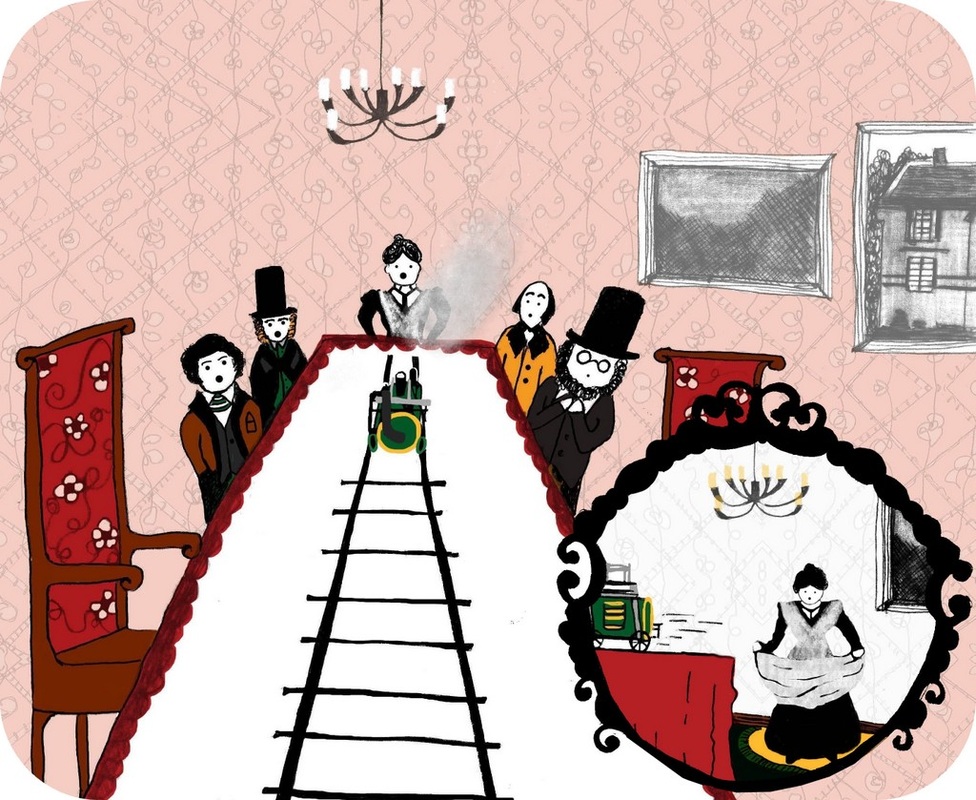
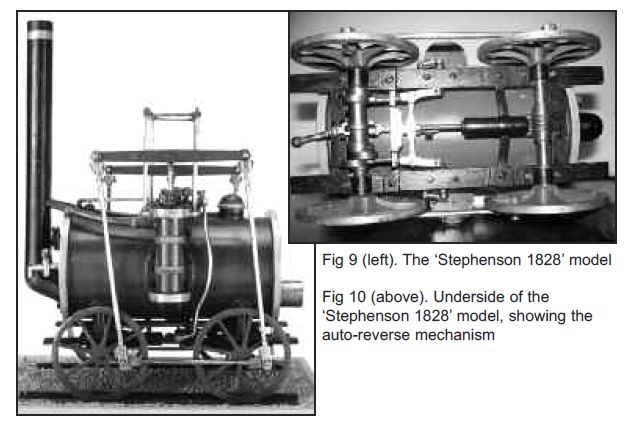
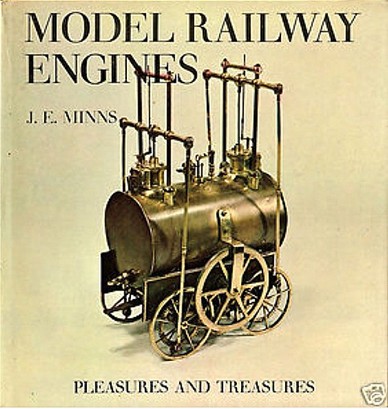
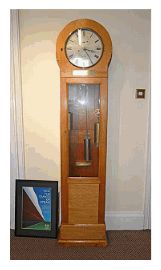
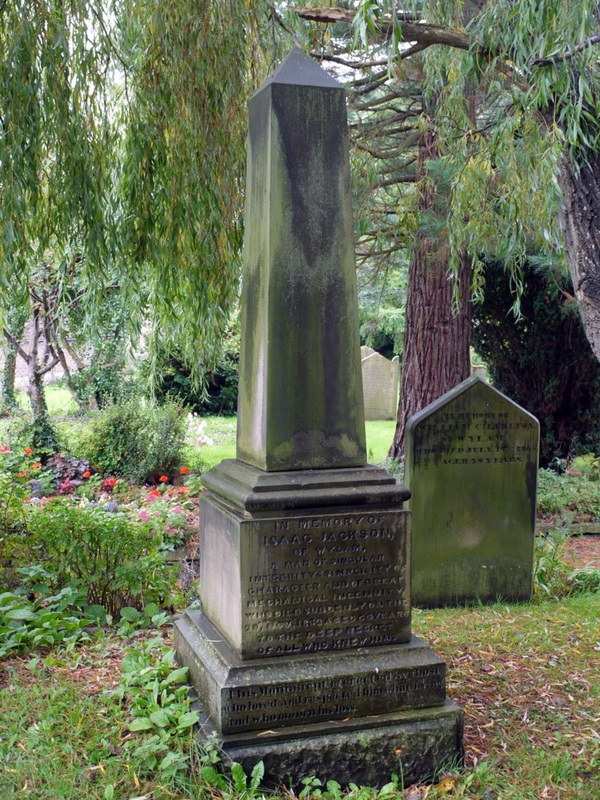

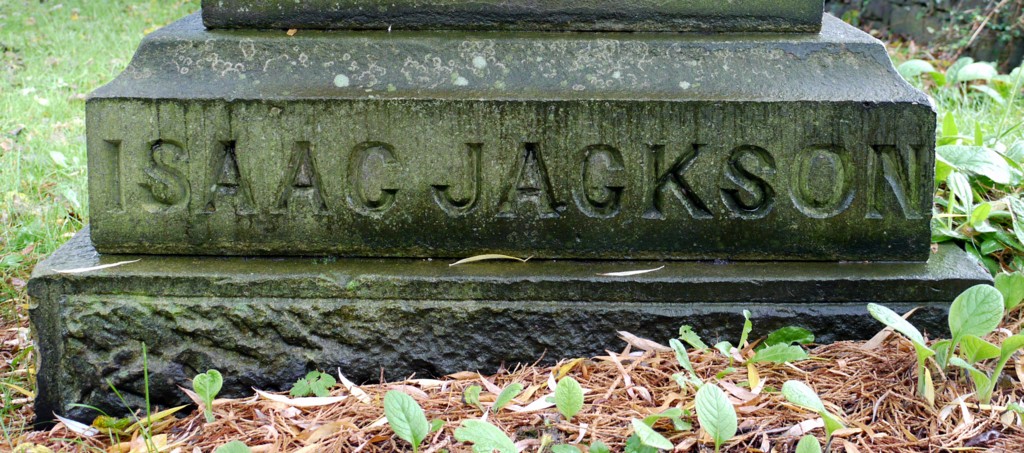
 RSS Feed
RSS Feed
